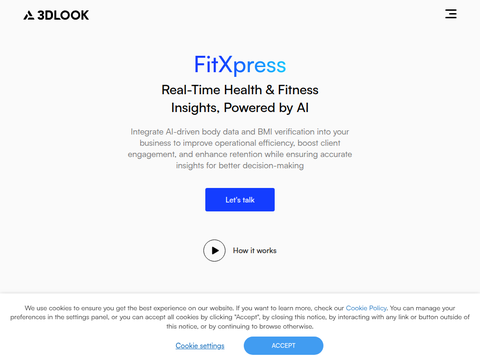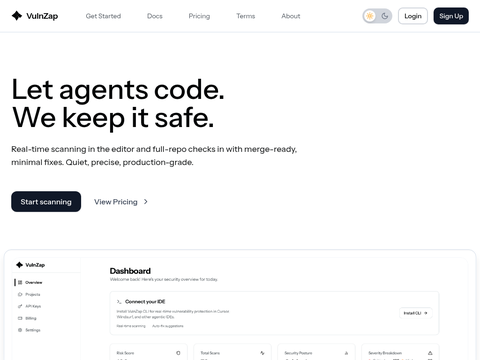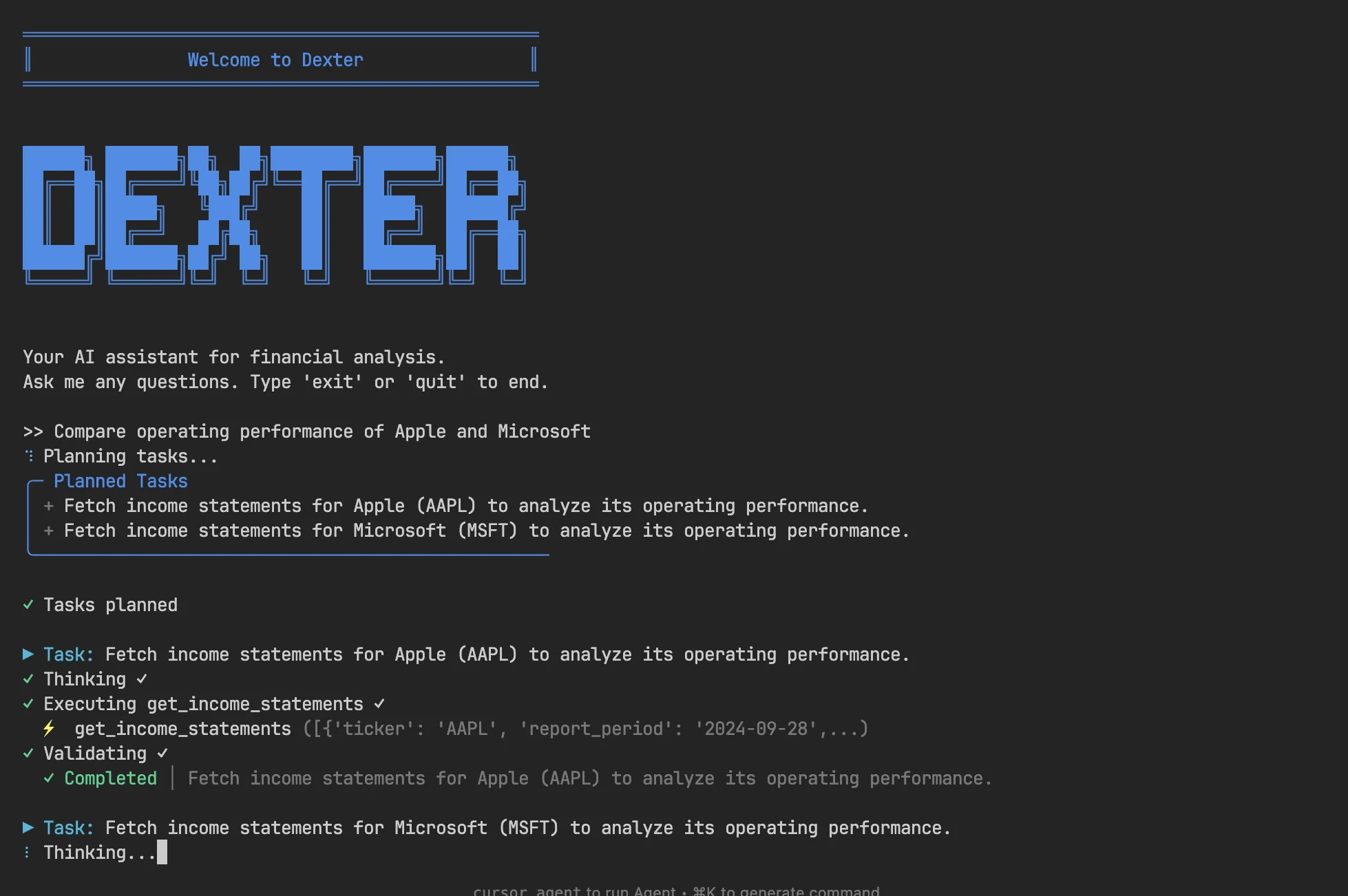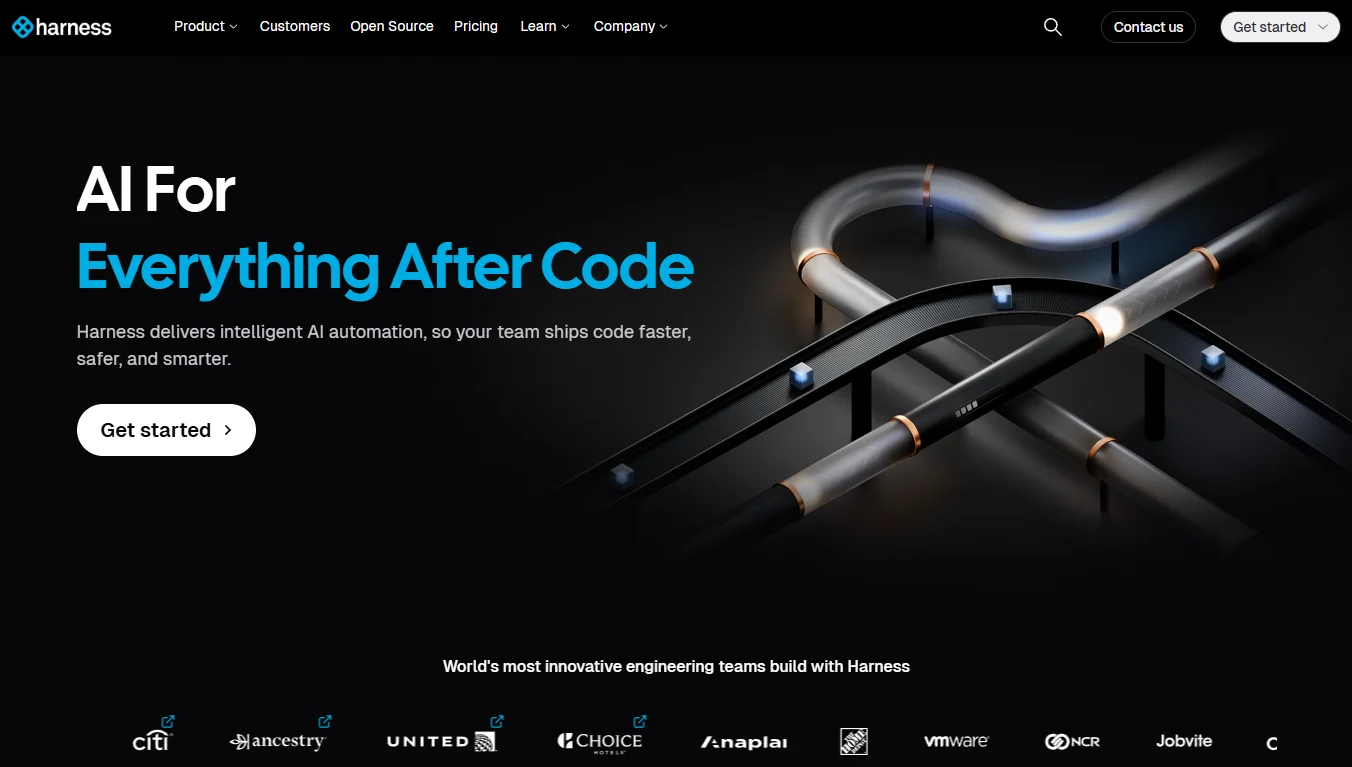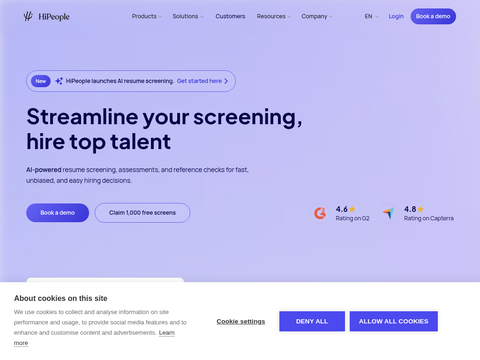Meta Code World Model CWM-32B: Revolutionizing Neural Debugging and Intelligent Code Generation
What if your code could transcend syntax, anticipate errors, predict outcomes, and even reason through complex problems? This is precisely the vision brought to life by Meta’s Code World Model (CWM-32B), a groundbreaking advancement in artificial intelligence that redefines how we approach code generation and debugging. Unlike traditional models that merely mimic patterns or predict the next token, CWM simulates the logic and behavior of code execution. With its 32-billion parameter architecture, this large language model doesn’t just write code—it understands it, offering developers a tool that feels more like a collaborator than a machine. In an era where software complexity is growing exponentially, CWM promises to be an ideal solution.
In this article, Sam Witteveen explores how CWM's new design prioritizes semantic understanding over superficial replication, enabling it to analyze, simulate, and optimize code with unparalleled precision. From its rigorous training process to real-world applications, you’ll discover how this “neural debugger” is poised to transform not only software engineering but also a range of other industries. Whether you're intrigued by its ability to predict execution outcomes or interested in its role in enhancing virtual agents, CWM’s potential is both vast and exciting. As we delve into its features, training methodology, and future implications, one question lingers: Could this be the blueprint for a new era of intelligent systems?
Meta's Code World Model
Key Highlights:
- Meta’s Code World Model (CWM-32B) is a 32-billion parameter large language model designed to revolutionize code generation and debugging by focusing on semantic understanding and causal reasoning during code execution.
- CWM employs a three-stage training process: pre-training, mid-training, and reinforcement learning, enabling it to simulate code behavior, predict outcomes, and enhance reasoning capabilities.
- Core features include line-by-line code execution observation, outcome prediction, and integration with virtual agents for real-world software engineering tasks.
- Applications span debugging, enhanced virtual agents, and domain-specific solutions, making CWM a versatile tool for industries requiring intelligent systems.
- Meta has made the CWM model weights available for research purposes, promoting innovation while emphasizing responsible AI development and future scalability.
What Makes CWM Unique?
The Code World Model distinguishes itself by prioritizing semantic understanding over surface-level replication. Traditional models often rely on next-token prediction, but CWM adopts a more sophisticated approach. It offers deeper insights into code execution mechanisms, allowing it to simulate behavior, predict results, and identify potential issues with remarkable accuracy. By integrating the concept of world models, CWM moves beyond token-based methods, providing a more profound and nuanced understanding of code. This innovative approach transforms CWM from a mere code generator into a reasoning tool capable of analyzing code intent and functionality. This ability is particularly valuable in scenarios where understanding the broader impact of code execution is critical—such as debugging complex systems or optimizing software performance.The Rigorous Training Behind CWM
CWM's training methodology has been carefully designed to ensure its ability to handle complex and multifaceted tasks. The process is divided into three distinct stages, each contributing to the model’s comprehensive understanding of code and its execution:- Pre-training: The model is initially trained on a diverse dataset of 8 trillion tokens, including text and code. This foundational stage equips CWM with a broad understanding of syntax, semantics, and contextual relationships.
- Mid-training: Building on its foundational knowledge, CWM is further trained on 5 trillion tokens of execution traces and agent interactions. This stage enables the model to observe real-world code behavior, learning from patterns and outcomes to enhance its predictive capabilities.
- Reinforcement Learning: The final stage fine-tunes the model through reinforcement learning. This step specifically targets multi-step tasks requiring logical progression and adaptability, sharpening its reasoning and problem-solving skills.
Meta's Code World Model (CWM-32B)
Core Features and Capabilities
CWM introduces a suite of advanced capabilities that elevate its functionality beyond traditional code generation tools. These features position it as a "neural debugger," offering unprecedented insights into code behavior and execution. Key capabilities include:- Line-by-Line Observation: CWM can track variable states and memory changes in Python programs, providing a detailed understanding of how code evolves during execution.
- Outcome Prediction: By analyzing observation-action trajectories, the model can predict the results of code execution, helping developers anticipate potential issues before they arise.
- Virtual Agent Integration: CWM utilizes virtual agents to handle real-world software engineering tasks. These agents learn from both successes and failures, continuously improving their performance and adaptability.
Applications Across Industries
CWM’s versatility extends its utility far beyond conventional software development. Its ability to analyze, simulate, and generate code makes it a valuable asset across a wide range of domains. Some of its most impactful applications include:- Debugging: CWM excels at analyzing execution traces and tracking variables, making it an indispensable tool for identifying and resolving software issues.
- Enhanced Virtual Agents: By enabling agents to plan, reason, and adapt in complex scenarios, CWM supports the development of smarter and more robust AI systems.
- Domain-Specific Solutions: The model’s adaptability allows it to support specialized applications such as travel planning, financial modeling, or other custom agent-based tasks.
Performance and Efficiency
Despite being relatively compact compared to some of the largest models, CWM performs exceptionally well across various benchmarks. It excels in software engineering (SWE) and mathematical/reasoning tasks, demonstrating its ability to efficiently tackle complex challenges. Notably, CWM-32B achieves these results using fewer training tokens, underscoring its optimized design and resource efficiency. This combination of performance and efficiency makes CWM a compelling choice for organizations seeking powerful AI tools without requiring massive computational resources. Its ability to deliver high-quality results through optimized training highlights its potential for widespread adoption.Collaboration and Future Potential
Meta has taken a collaborative approach by making CWM’s model weights available for research use. This decision fosters innovation within the AI community, encouraging researchers and developers to explore new applications and improvements. However, the model is not currently available for commercial use, reflecting Meta’s commitment to responsible AI development. Looking ahead, advancements in optimization and scaling may further enhance CWM’s capabilities. As the model evolves, it has the potential to become an even more powerful tool for developers, researchers, and industries seeking intelligent solutions.Shaping the Future of AI
The introduction of the Code World Model marks a pivotal moment in the evolution of artificial intelligence. By shifting the focus from token prediction to semantic understanding, CWM sets a new standard for intelligent systems. Its emphasis on reasoning and simulation opens the door to a wide array of applications—from software engineering to domain-specific agent modeling. As AI continues to advance, CWM’s innovative approach provides a blueprint for developing smarter, more reliable systems. By prioritizing understanding over replication, it paves the way for a future where AI is not just a tool but a partner in solving the world’s most complex challenges.

